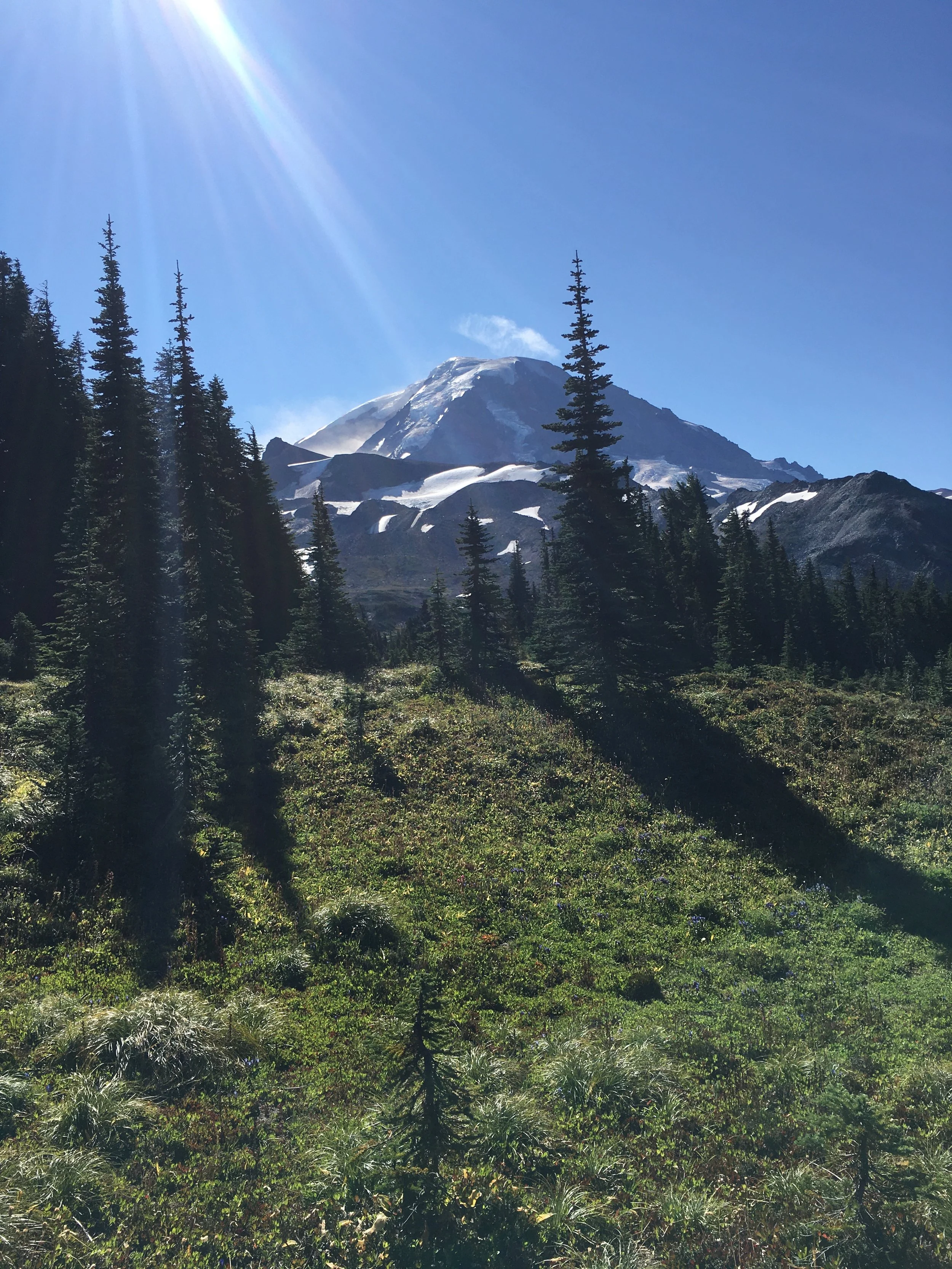Mount Rainier Day Trips from Seattle: Best Way to Explore in One Day
Can You Really Do Mount Rainier in a Day Trip from Seattle?
Yes—and it's spectacular if done right. Mount Rainier National Park is just over two hours from Seattle, making it a perfect candidate for a well-planned day trip. But here’s the catch: most tours offer minimal hiking and maximum driving.
If you're hoping to truly experience the park's alpine beauty—wildflower meadows, glacier-fed waterfalls, and panoramic vistas—you need a hiking-first approach.
Why Adventures In Seattle Offers the Best Mount Rainier Day Trips
Adventures In Seattle (AIS) specializes in small-group hiking day trips from Seattle to Mount Rainier National Park. Here's why they stand out:
🥾 True Hiking Focus
Not just photo ops or roadside stops—expect 4 to 7 miles of real trail time.
Popular options include Burroughs Mountain Trail, Naches Peak Loop, and Comet Falls.
🚐 All-Inclusive, No-Car-Needed Convenience
Includes round-trip transportation from downtown Seattle hotels and Airbnbs.
No rental car or parking permit stress.
👣 Max 5 Guests Per Tour
Personalized attention from your guide.
Flexible pacing for different fitness levels.
🧭 Local, Experienced Guides
Guides are year-round Washington residents who know the terrain, history, and flora.
Each guide is trained in safety, weather awareness, and group pacing.
🥨 Snacks, Permits & Gear Included
All fees and permits handled.
Trail snacks and gear (e.g., trekking poles or microspikes) provided if needed.
What You'll See on a Day Trip with Adventures In Seattle
Depending on season and conditions, typical hikes include:
Burroughs Mountain Trail (Sunrise): Epic views of glaciers, meadows, and Mt. Rainier’s peak.
Naches Peak Loop: Ideal for wildflowers in late summer and fall color.
Comet Falls: A high-impact hike to a stunning 300-foot waterfall.
Each trip is curated for safety, trail conditions, and group ability.
Quick-Start Guide: Booking a Rainier Day Hike from Seattle
✅ Don’t have a car? → Transportation is included.
✅ Don’t want to hike alone? → Join a small group with expert support.
✅ Want a real hike, not a sightseeing bus tour? → AIS hikes = 3–5 hours on trail.
✅ Worried about planning? → Snacks, permits, routes, and gear are handled for you.
✅ Looking for a personalized experience? → Small group size (max 5) ensures it.






















